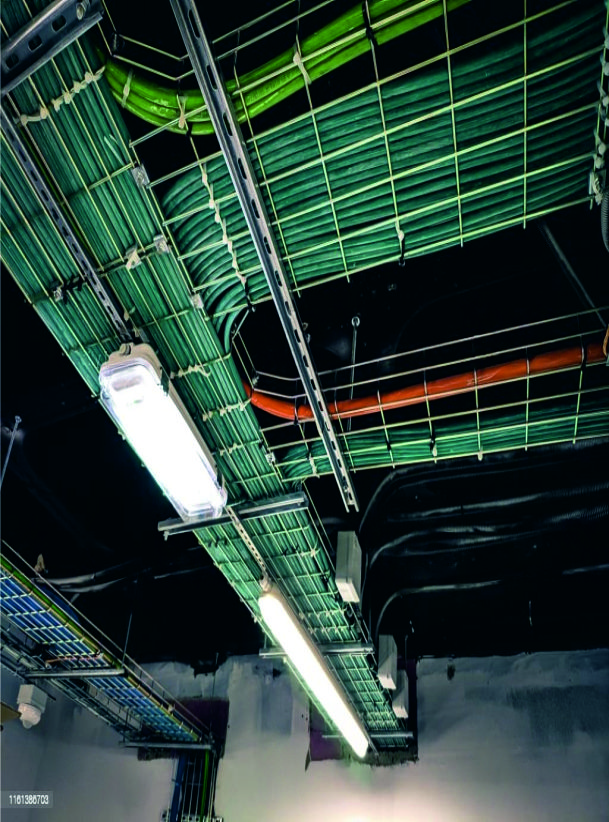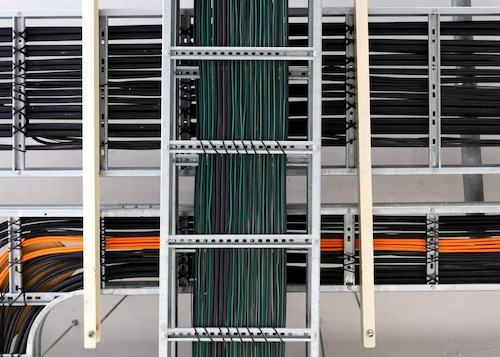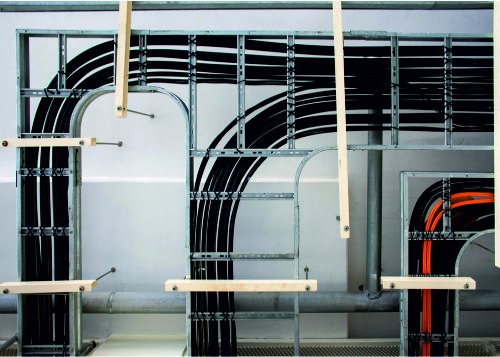Cabling & Power System
Cabling and Power Systems refer to the infrastructure that provides power and connectivity to electrical devices and equipment within a building or facility. This infrastructure typically includes electrical panels, circuit breakers, wiring, and outlets, as well as cables and connectors that provide communication and networking capabilities.
Electrical panels are used to distribute power throughout a building or facility, and circuit breakers are used to protect electrical equipment and prevent electrical fires by cutting off power in the event of a short circuit or overload.
Wiring and outlets provide power to electrical devices and equipment, and must be installed in compliance with electrical codes and regulations to ensure safety and reliability.
In addition to power systems, cabling infrastructure is also critical to the operation of many modern buildings and facilities. This infrastructure includes network cabling, which provides high-speed connectivity for computer networks, as well as fiber optic cabling, which is used for long-distance communication and data transfer.
Proper installation and maintenance of cabling and power systems is essential to ensure their reliability and safety. This includes regular inspections and testing to identify any potential hazards or failures, as well as repairs and upgrades as needed to ensure that the systems are operating at peak performance.
Overall, cabling and power systems are critical to the operation of modern buildings and facilities, providing the necessary infrastructure to support a wide range of electrical devices and equipment, as well as communication and networking capabilities. Proper design, installation, and maintenance of these systems is essential to ensure their reliability and safety, and to prevent potential hazards or failures.



